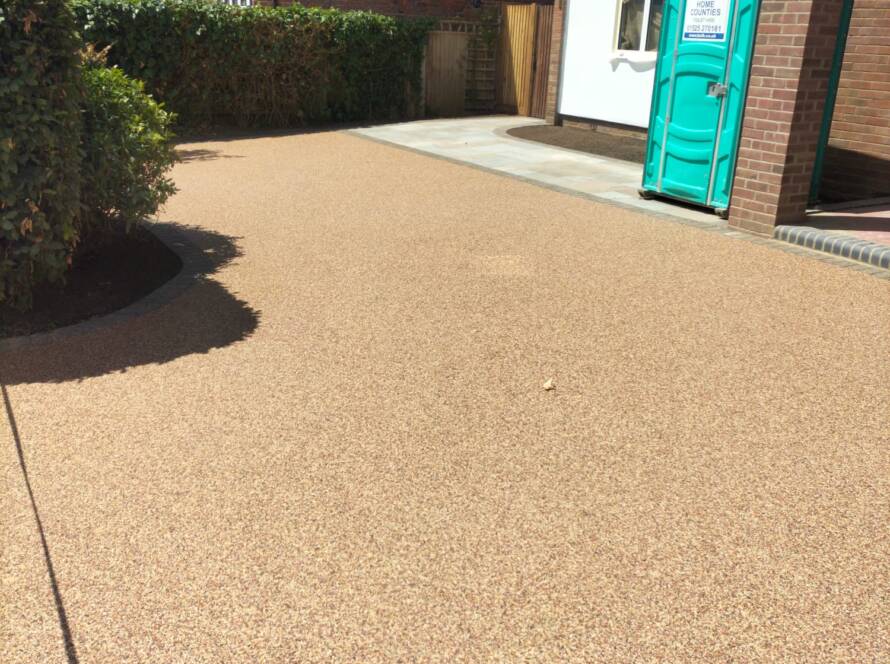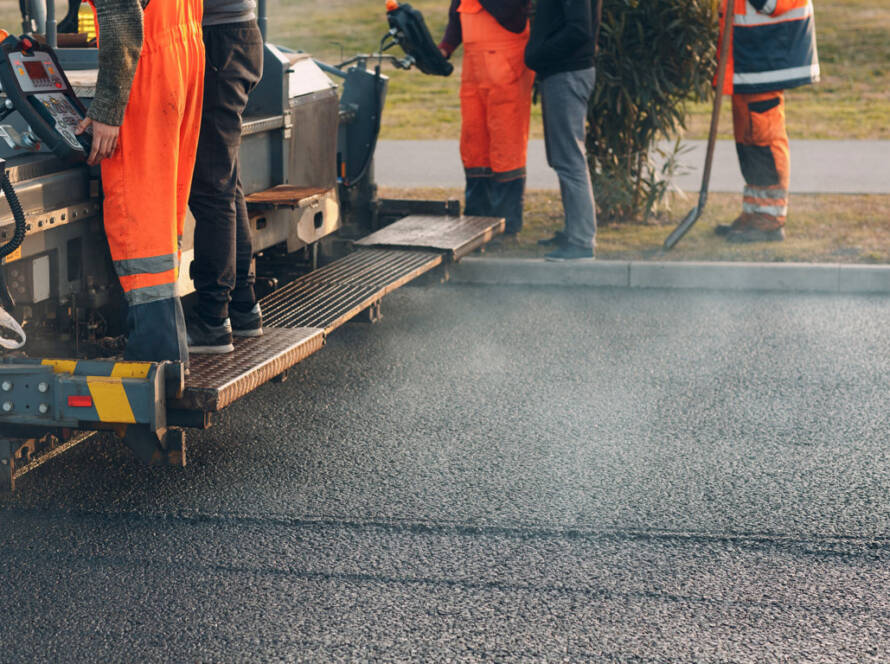The world of road surfacing is evolving rapidly, and advanced tarmac technology is at the forefront of this transformation. Modern innovations in materials, machinery, and monitoring systems are making road construction more efficient, durable, and sustainable than ever before. For businesses, local authorities, and property owners, understanding these developments can mean longer-lasting roads, lower maintenance costs, and smoother, safer journeys for drivers and pedestrians alike.
Innovations in Tarmac Materials
Traditional tarmac has served roads for decades, but the latest advancements have elevated its performance significantly. Modern tarmac now often incorporates polymer-modified binders, recycled asphalt aggregates, and specialized additives that improve flexibility and resistance to wear. These innovations help surfaces withstand extreme weather, heavy traffic, and temperature fluctuations without cracking or deforming.
For example, polymer-modified tarmac can expand and contract with temperature changes, reducing the likelihood of cracks forming in winter or soft spots appearing in summer. Meanwhile, the use of recycled materials not only enhances durability but also reduces the environmental impact of surfacing projects, making modern road construction greener and more cost-effective.
Additives for Enhanced Performance
Additives play a crucial role in advanced tarmac technology. Anti-stripping agents, fiber reinforcements, and nano-material enhancements are increasingly being used to boost the longevity of road surfaces. Fiber-reinforced tarmac, for instance, prevents small cracks from spreading, which extends the life of the road and reduces the frequency of repairs.
Moreover, special binding agents improve skid resistance and water drainage, which are essential for maintaining safety on busy highways and commercial areas. These materials also ensure that newly laid surfaces remain smooth and resilient, providing a high-quality finish that lasts for years.
Precision Laying with Machine-Lay Technology
Modern machine-lay tarmac equipment has revolutionized road construction. These machines ensure a consistent thickness and even compaction across the surface, producing smoother finishes than traditional manual methods. Consistent compaction not only improves ride comfort but also reduces the risk of potholes and premature wear.
Machine-lay precision is especially important for high-traffic areas such as commercial car parks, driveways, and main roads. By minimising human error and increasing efficiency, contractors can complete projects faster while maintaining superior quality. For more details on professional machine-lay services, visit our tarmac installation page.
Smart Monitoring Systems
Another exciting development in advanced tarmac technology is the integration of smart monitoring systems. Sensors embedded in newly laid surfaces can track temperature, traffic load, and moisture levels in real-time. This data allows maintenance teams to anticipate potential issues before they become major problems, enabling proactive repairs and reducing overall lifecycle costs.
In addition, these systems help optimise surfacing schedules, ensuring that tarmac is laid under the best possible conditions for maximum durability. This not only extends the lifespan of the road but also ensures a consistently smooth and safe surface for drivers and pedestrians.
Benefits of Advanced Tarmac Technology
The combination of innovative materials, precision machinery, and smart monitoring offers multiple benefits:
- Longer lifespan: Reduced cracking, potholes, and surface deformation mean roads last longer.
- Lower maintenance costs: Early detection of potential issues and durable materials reduce repair frequency.
- Improved safety: Enhanced skid resistance and smooth surfaces decrease the risk of accidents.
- Environmental sustainability: Use of recycled materials and efficient machinery reduces carbon footprint.
- Cost-effective solutions: Fewer repairs and longer-lasting roads mean better value for public and private projects.
Looking Ahead
As infrastructure demands increase, the role of advanced tarmac technology will only grow. Future developments may include fully autonomous laying machinery, self-healing tarmac, and even more sophisticated monitoring systems that further optimise performance. By staying ahead of these innovations, contractors, councils, and property developers can ensure their road surfaces are not only durable and safe but also future-ready.
For those considering professional tarmac installation or resurfacing, partnering with experts who leverage advanced tarmac technology ensures high-quality, long-lasting results. Learn more about our professional services here.


